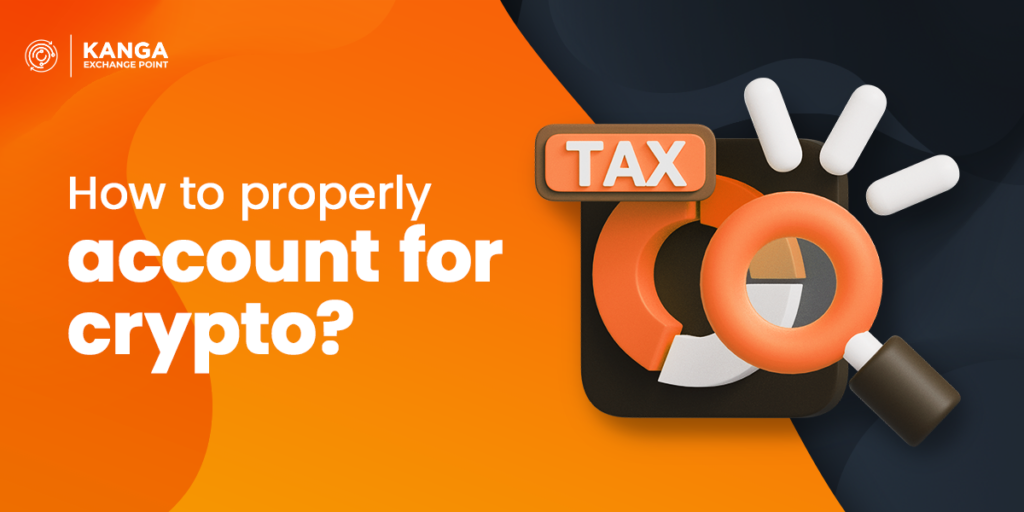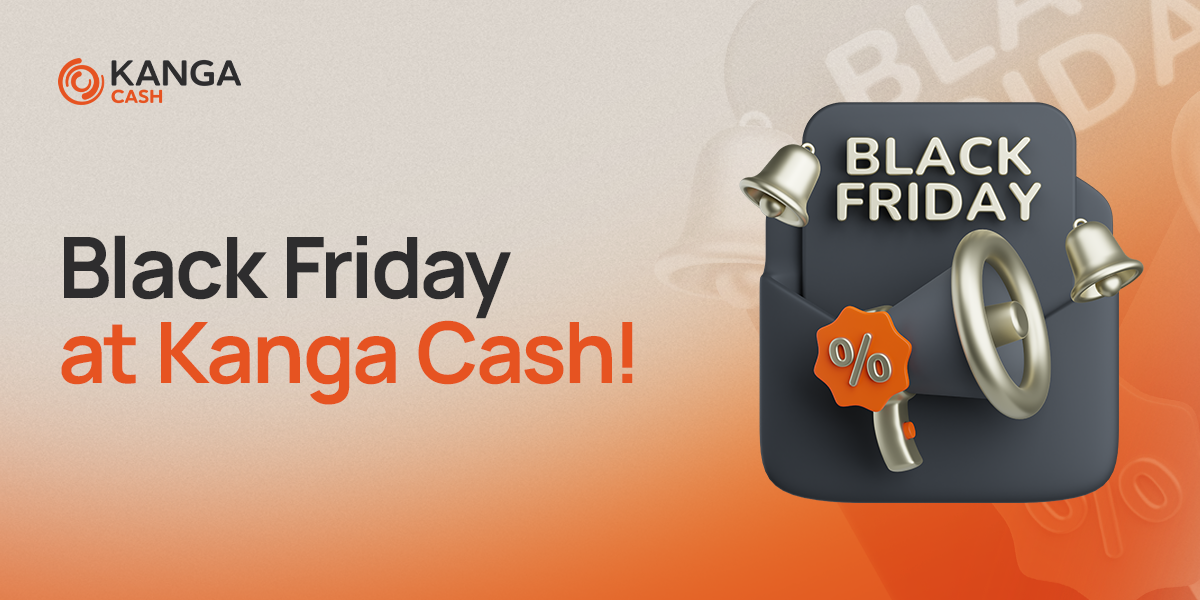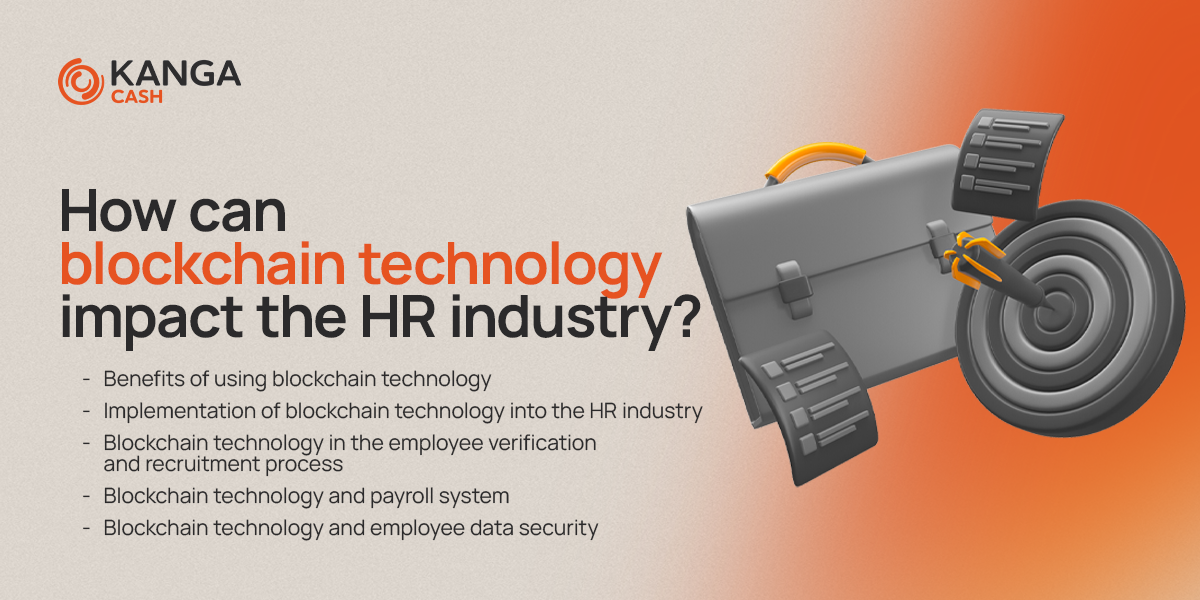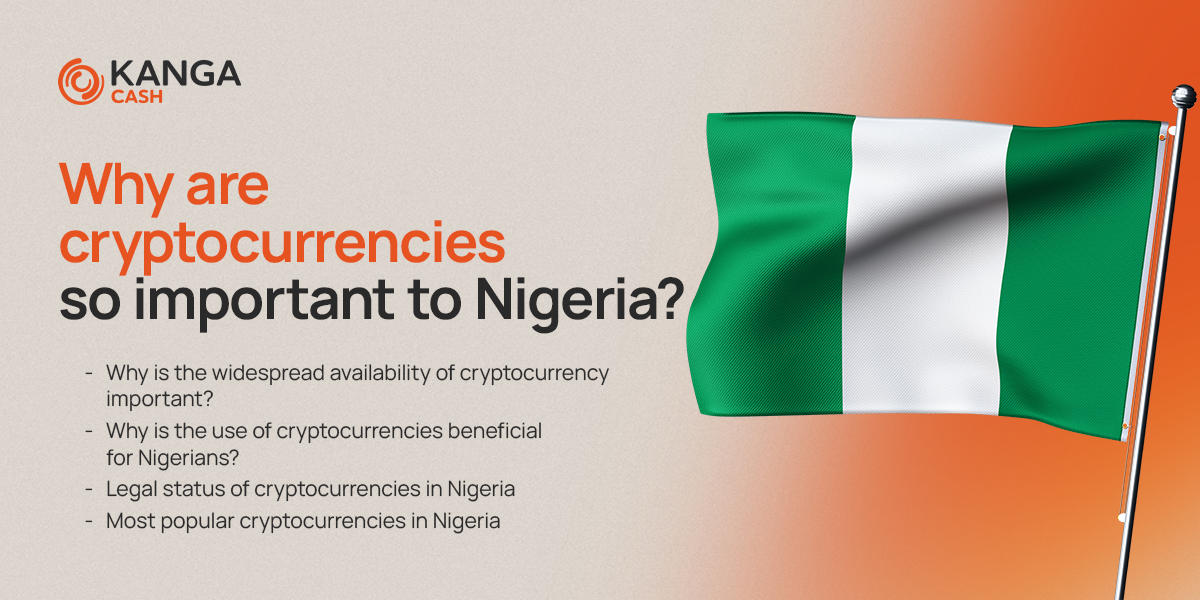How to properly account for crypto?

Not everyone is aware of this, but yes – the taxpayer is obliged to settle the income and costs incurred due to making cryptocurrency transactions at the end of the year. At the same time, some people may ask themselves – how to settle cryptocurrencies correctly in the case of running a business?
In the previous article, we discussed financial summaries for individuals using digital currencies. This time we will refer to business entities on the example of Kanga Kantor points. We invite you to read!
How to settle cryptocurrencies for 2022?
More specifically: how do traders offering to buy or sell cryptocurrencies pay for digital currencies?
Kantor is a point dealing with cryptoassets trading. We are talking about economic activity that is settled using a flat tax – as in the case of a store. This is usually done monthly. The exceptions are cases that decide to settle on a quarterly basis. However, as a rule, tax issues related to exchange offices take place on an ongoing basis.
Important: A cryptocurrency exchange entered in the register cannot settle for capital gains (CIT WW) under any circumstances, as in the case of Kanga Local users. The principle is simple – an entity entered in the register of virtual currencies must pay standard CIT on business activity.
How to settle crypto – income and costs
For each transaction concluded between the exchange office and Kanga Kanga issues an invoice for the entrepreneur running the exchange office. Of course, such a person must take into account at the very beginning whether the issued invoices are equivalent to Excel for him. In this matter, the entrepreneur mainly relies on Excel, which is generated directly from the OTC system.
When making the settlement, such a person should take into account column 8 – cash payment to the cash desk of the partner point (this is a situation in which the exchange office sells cryptocurrencies to the target customer and thus generates income). Column 10 refers to the moment when the transfer to the bank account is made. Then the exchange office sells cryptocurrencies to Kanga and generates income.
As for the costs, they apply to columns 9 and 11. Column 9 refers to cash withdrawals from a partner point – the exchange office buys cryptocurrencies from the client and incurs the cost. Column 11, on the other hand, tells us that the exchange office buys omega zlotys (oPLN) from Kanga and thus there are costs for the company.
How to settle cryptocurrencies – webinar “Taxes and accounting in crypto”
The information contained in this entry is only a fraction of the knowledge presented in the tax webinar “Taxes and accounting in crypto”, organized at the end of last year on the Kanga Exchange channel, and conducted by Maciej Grzegorczyk and Marta Grzegorczyk from the KGH Law Office located in Wrocław. People who want to learn more about taxes in the case of cryptocurrencies are cordially invited to the screening.


